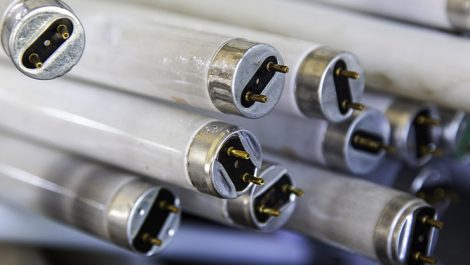Everyone in the graphics industry depends on Microsoft and Apple to provide the software infrastructure so vital to prepress and workflows. Apple’s commitment to environmental impact mitigation is extensively publicised but we hear relatively little from Microsoft on the matter. That changed with Microsoft’s recent announcement that it aims to be carbon negative by 2030. Even bolder, by 2050 Microsoft will ‘remove from the environment all the carbon the company has emitted either directly or by electrical consumption since it was founded in 1975’. This is quite extraordinary, not least because calculating ‘all the carbon’ is a Herculean task on its own.
Microsoft is setting a high bar for other companies, creating a target that makes all others look puny. To help pay for its effort Microsoft will expand its internal carbon fee, in place since 2012. This fee is an internal tax levied on all Microsoft divisions. It has now been doubled to $15 per metric tonne of carbon dioxide operational emissions.
The fee increase is part of Microsoft’s detailed plan to reach its target of cutting by half the company’s carbon emissions and those of its supply and value chains by 2030. It will do this by using Microsoft technology to help customers and suppliers cut their carbon footprints, although how this works isn’t clear. Microsoft is also making carbon reduction requirements part of its procurement processes which could significantly affect printers, designers, agencies and other players in the media supply chain.
And a new $1 billion climate innovation fund has been set up to develop carbon capture, reduction and removal technologies. Microsoft will also use its lobbying resources to encourage government policies that encourage carbon reduction and removal activities.
This is ambitious enough but there is more, and here the graphics industries should be paying attention. Microsoft has outlined seven general principles that it will follow:
- Mitigation efforts must be grounded in science and mathematics.
- The company must take responsibility for its emissions.
- Investment is required for new carbon reduction and removal technologies.
- Technology development will support customer and supplier efforts for carbon footprint reduction.
- Annual reporting will provide transparency and a means of tracking progress.
- The company will support public policies that accelerate carbon reduction and removal technologies.
- The company will encourage employee engagement.
Providing a paradigm for printers and publishers, trade shows and industry associations to follow is almost as interesting as Microsoft’s commitment. These principles are something any company might sign up to, as part of its environmental and sustainability policy. Whether other organisations will follow Microsoft’s lead remains to be seen. For the sake of the planet, let’s hope it’s a yes.
– Laurel Brunner
This article was produced by the Verdigris Project, an industry initiative intended to raise awareness of print’s positive environmental impact. This weekly commentary helps printing companies keep up to date with environmental standards, and how environmentally friendly business management can help improve their bottom lines. Verdigris is supported by the following companies: Agfa Graphics, EFI, Fespa, Fujifilm, HP, Kodak, Ricoh, Spindrift, Splash PR, Unity Publishing and Xeikon.





